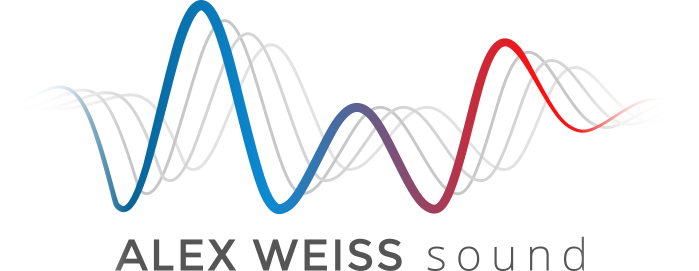Flight Patterns around LA
Recording around Los Angeles can be a challenge. Not only is it essentially impossible to escape traffic, but the flight patterns of LAX also further complicate things.
After getting thwarted by planes numerous times when I was recording in Angeles Forest, I decided to do some research on flight patterns to see if and how I can best avoid plane noise. It turns out LAX has a realtime flight tracking and noise map online. You can find it here: http://webtrak5.bksv.com/lax4. While it only shows noise information for the immediate area around LAX, it tracks all current flights over an area much bigger than that (including parts of Angeles Forest). Looking at individual flights as they slowly move across the screen is not very useful, but if you have too much time on your hands and stare at it long enough and count planes (like I did in the last couple of days), you’ll start discerning patterns. The western part of Angeles Forest pretty much sucks for recording.
Or you can save yourself the effort and just look at the aircraft traffic flow at LAX (taken from here):

Westerly Traffic to and from LAX (daytime operation)
Pictured here is what LAX calls “Westerly Traffic,” which is the normal LAX daytime flight pattern. (Their definition of “daytime”, by the way, is a bit odd: 6:30am to midnight.) See that bundle of blue lines that comes in from northwest right next to Burbank Airport? Look how nicely it cuts through the west end of Angeles Forest. And as Google tells me, “turboprop” planes are nothing but propeller planes, which is exactly what I hear leaking all over my recordings! Not pictured here are arrivals and departures from any other airports — and while Bob Hope Airport in Burbank is minuscule compared to LAX, I’m sure it contributes to further noise contamination in that area.
Things do look a bit better at night, when LAX is in “Over-Ocean Traffic” mode:

Over-Ocean Traffic to and from LAX (nighttime operation)
At night, LAX switches to “Over-Ocean” traffic flow. Arrivals now occur from the west over the ocean to mitigate the impact of noise on the communities around LAX. So if you don’t mind being alone and afraid in the wilderness at night (as well as potentially being eaten by animals), this is a great time to record.
But no matter what you do, better hope LAX doesn’t switch to “Easterly Operations” (which they do depending on wind conditions), where aircraft both arrive and depart eastbound:

Easterly Traffic to and from LAX
Yikes.
In case you haven’t had enough yet of maps, here’s one showing the impact of aircraft traffic noise on different parts of LA. You can find the original as well as an interactive map on Stephen Murray’s blog here.

Moral of the story: move to Alaska if you want quiet outdoor recordings.
